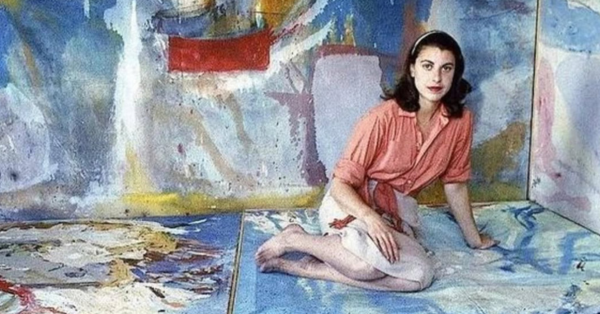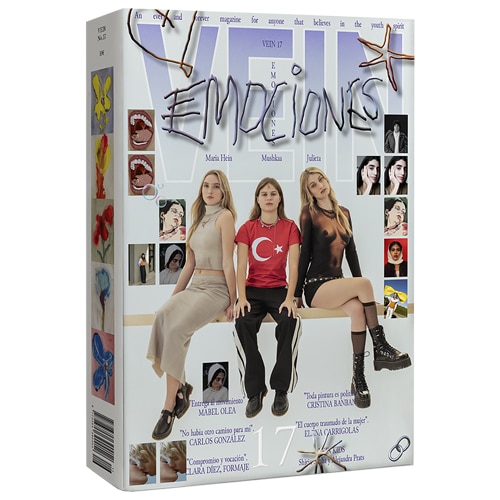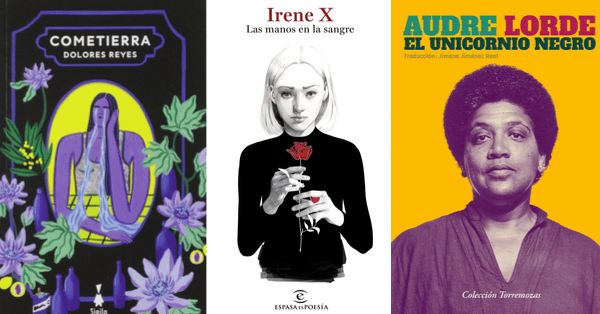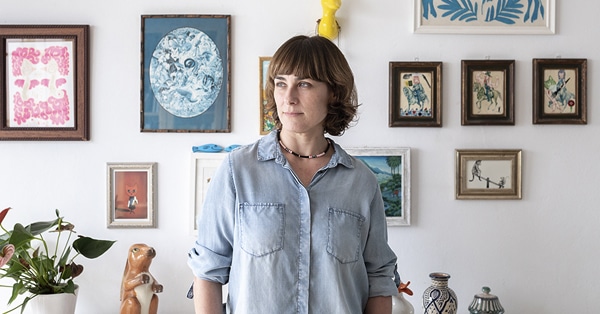In her Spring/Summer 2026 collection, the designer explores intimacy as a quiet form of rebellion, bringing the hidden mechanisms of clothing (and emotion) to the surface.
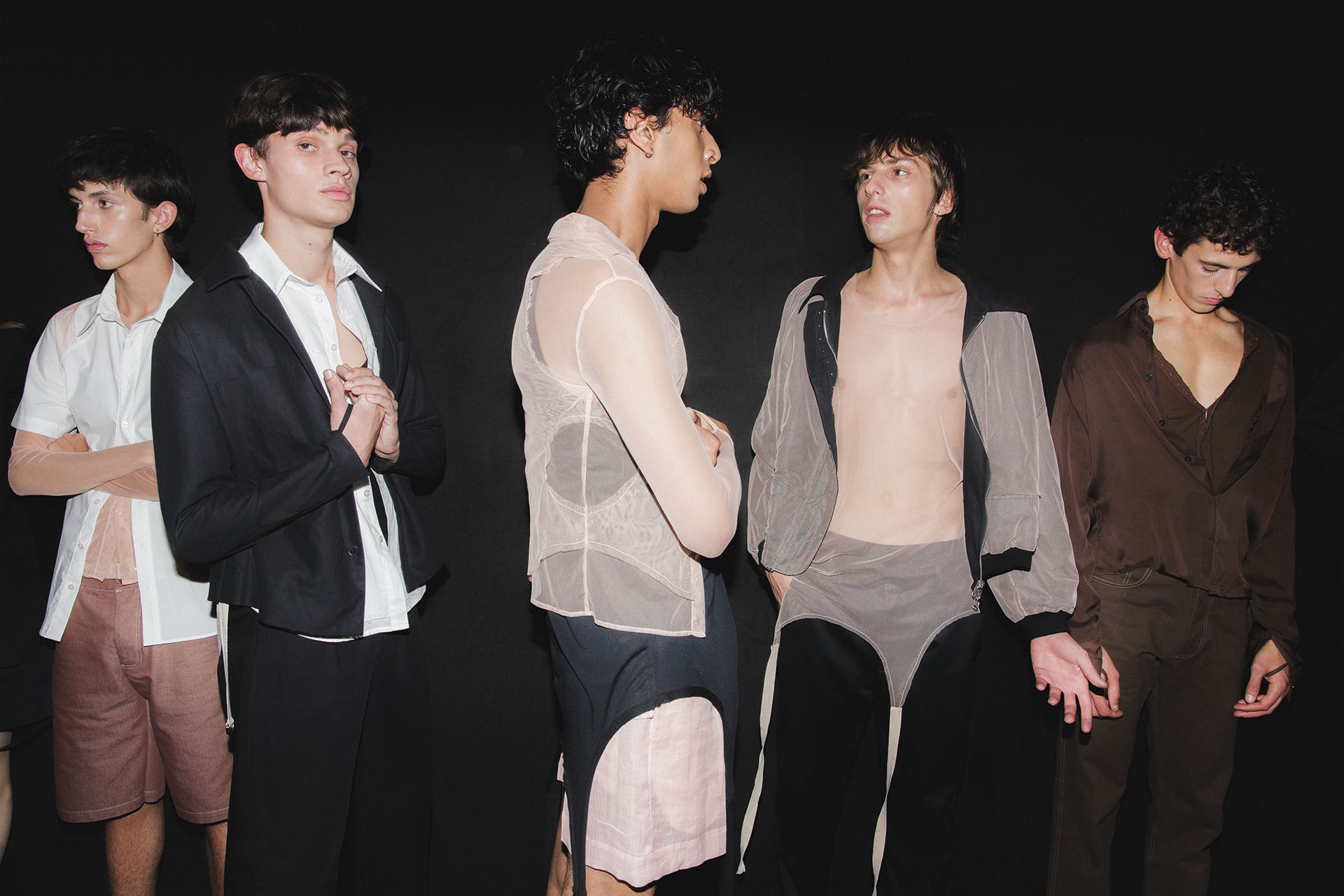
In From the body’s edge, Carlota Barrera approaches vulnerability not as a fracture, but as a structure. The collection unfolds around what lies beneath control, turning seams, linings and fastenings into acts of revelation. Transparency becomes a form of truth, and tailoring becomes a language of intimacy. Through sheer fabrics, adjustable straps and visible constructions, Barrera reflects on the tension between discipline and exposure, between emotion and precision, proposing a new kind of masculinity built on balance rather than armor. Presented at 080 Barcelona Fashion, her work redefines the boundaries of menswear with the quiet confidence of someone who knows that strength can also be tender.
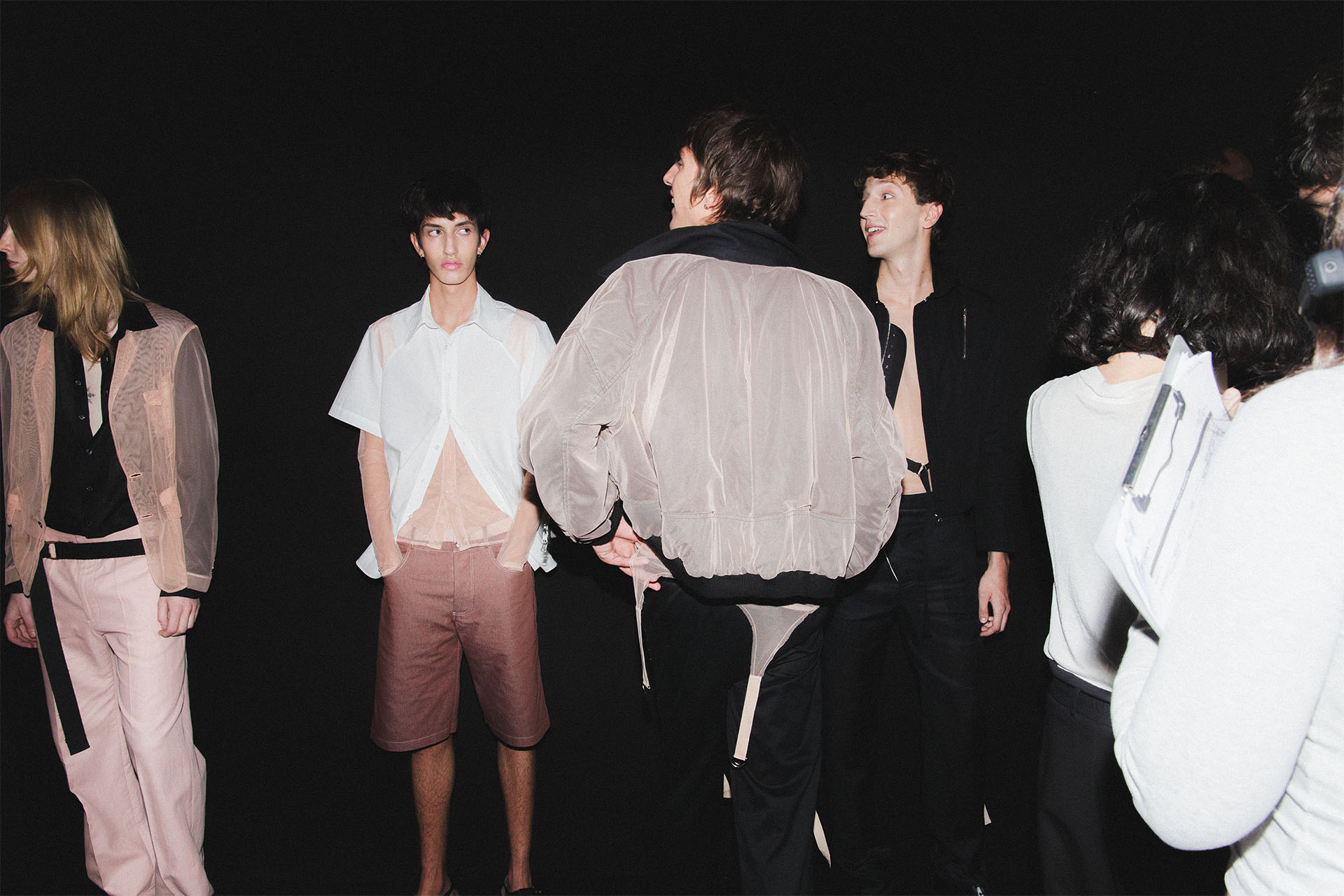
What role does exposure (of skin, of emotion) play in the visual language of this proposal?
For me, exposure isn’t about showing more, but about revealing what’s underneath control: the structure, the feeling, the gesture. In ‘From the body’s edge’, the act of revealing becomes a form of intimacy, and also a form of seduction, but a quiet one, rooted in honesty rather than display. There’s something deeply human in showing the mechanisms that hold things together, both in a garment and in ourselves.
The collection takes lingerie codes and translates them into masculine tailoring. How did you merge both worlds without one erasing the other?
It was about balance. We didn’t want the lingerie elements to feminise the tailoring, but to open it up and let it breathe. It’s not about contrast, it’s about dialogue. We were interested in how a strap or a fastening can feel both functional and emotional, how the discipline of tailoring can hold vulnerability without losing its strength. It became a process of rewriting the grammar of menswear rather than erasing it, allowing vulnerability to coexist with structure. Pin tucks echo the seam of a stocking, tuxedo straps recall corset closures, adjustable fastenings feel both functional and sensual. Those gestures let the tailoring feel alive.
You worked with adjustable straps, sheer fabrics and internal structures brought to the surface. What drew you to that gesture of turning things inside out?
There’s something powerful in exposing what’s supposed to stay hidden. When we bring the interior to the surface, the garment starts to feel more alive: we see its memory, its construction, its imperfections. It’s a way of talking about transparency, but also about truth. The invisible becomes visible and the functional becomes gesture. It’s a metaphor for transparency and emotion, the idea that what supports you can also define you, beautifully.
You’ve said these interventions don’t aim to soften menswear but to reformulate it. Can vulnerability become a new form of strength in men’s dressing?
Absolutely. I think vulnerability has always been there, it just wasn’t allowed to be visible. Showing fragility doesn’t weaken something, it gives it dimension. For me, modern masculinity is about depth, not armour. It’s about allowing emotion rather than suppressing it. Strength doesn’t have to mean hardness. In this collection, we gave vulnerability a structure, a shape, a construction, allowing it to become a form of control that isn’t rigid but guided, almost tender.
In your collections, there’s always a tension between the formal and the informal, the visible and the invisible, the masculine and the feminine. What does it mean to you to inhabit that in-between space?
That space is where everything interesting happens; it’s where tension turns into possibility. I’ve always been drawn to binaries only to find what exists between them, where things start to blur. It’s not about rejecting categories, but about letting them overlap and rewrite each other. That tension, that ambiguity, is where something deeply human emerges. The boundary itself becomes the framework.
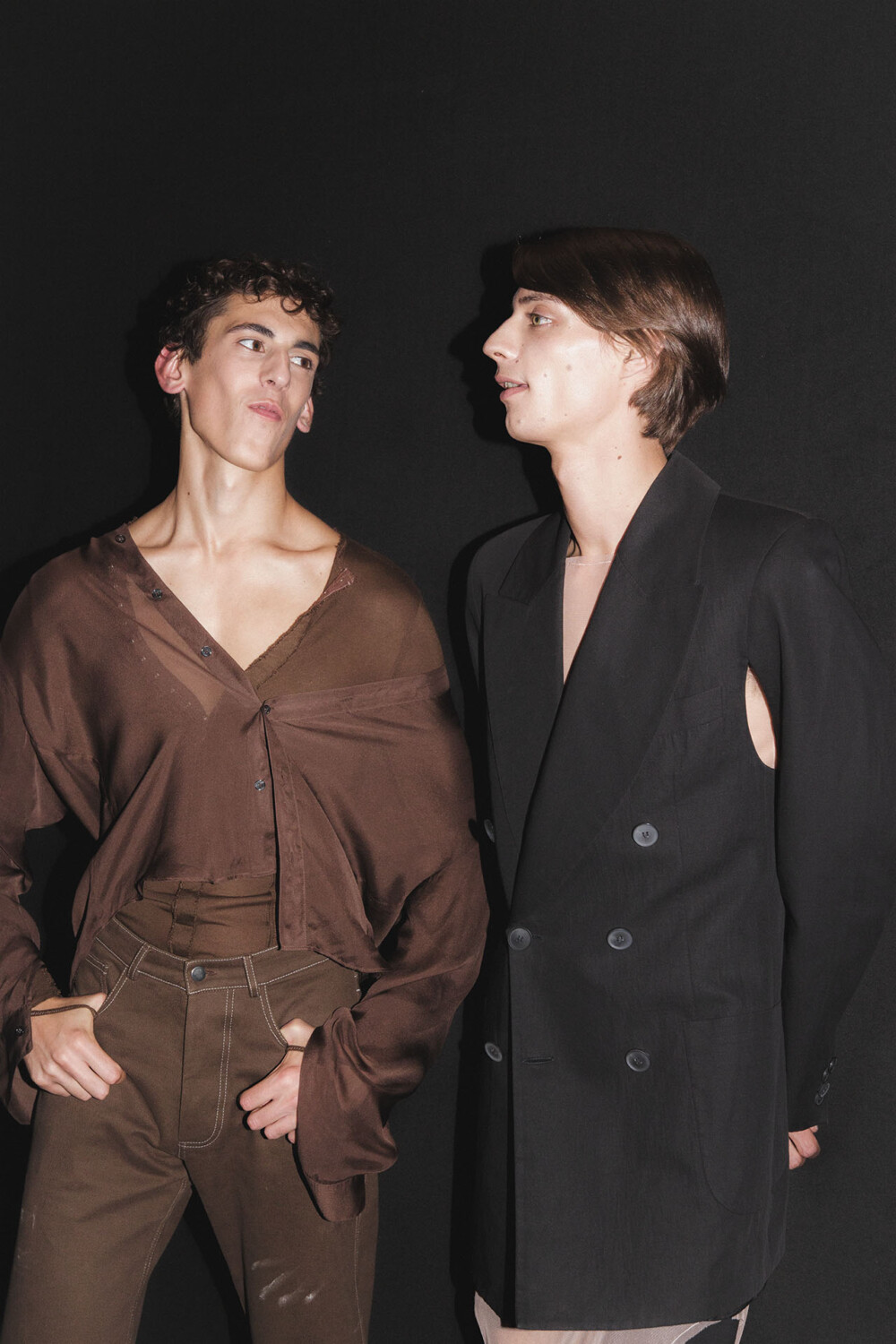
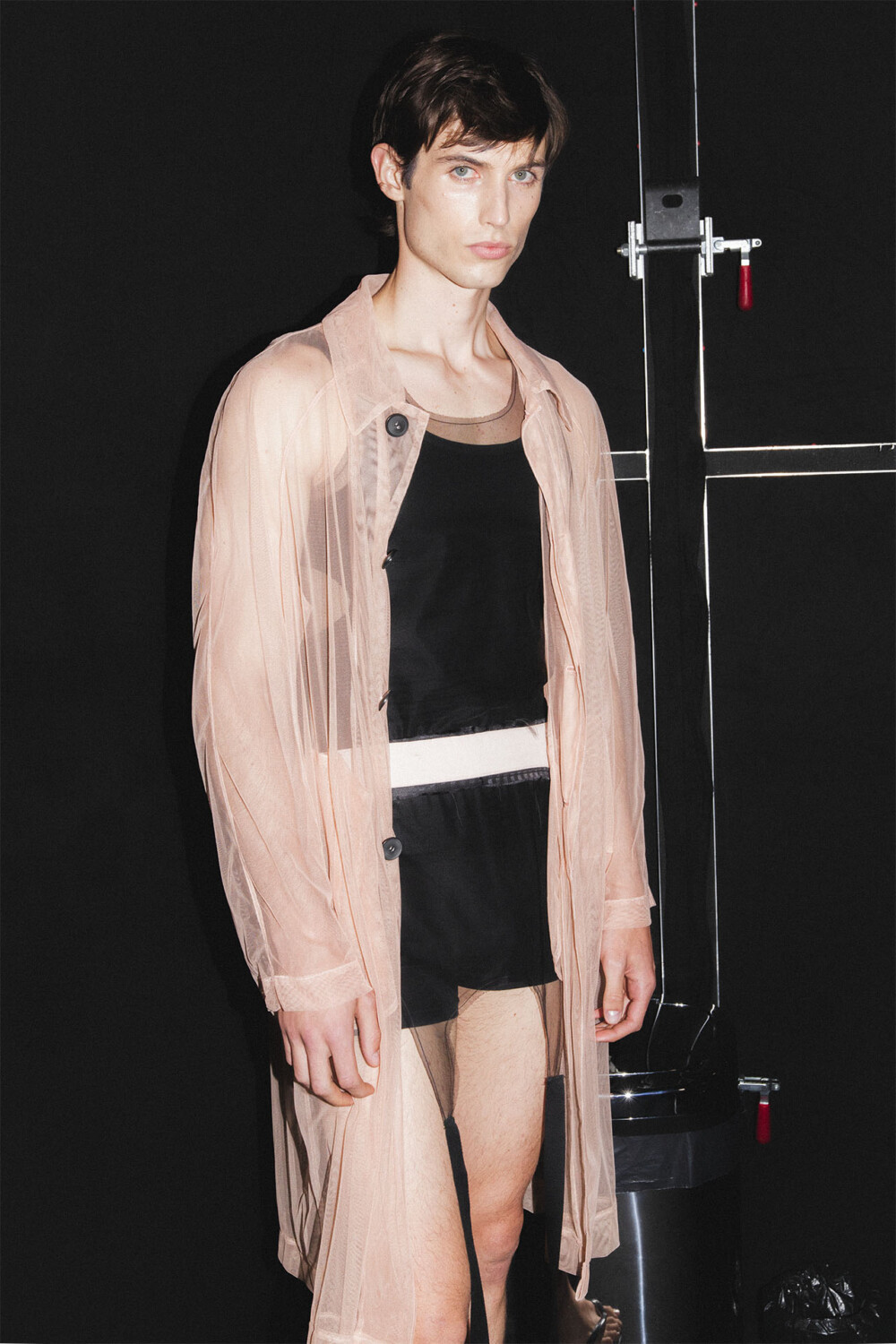
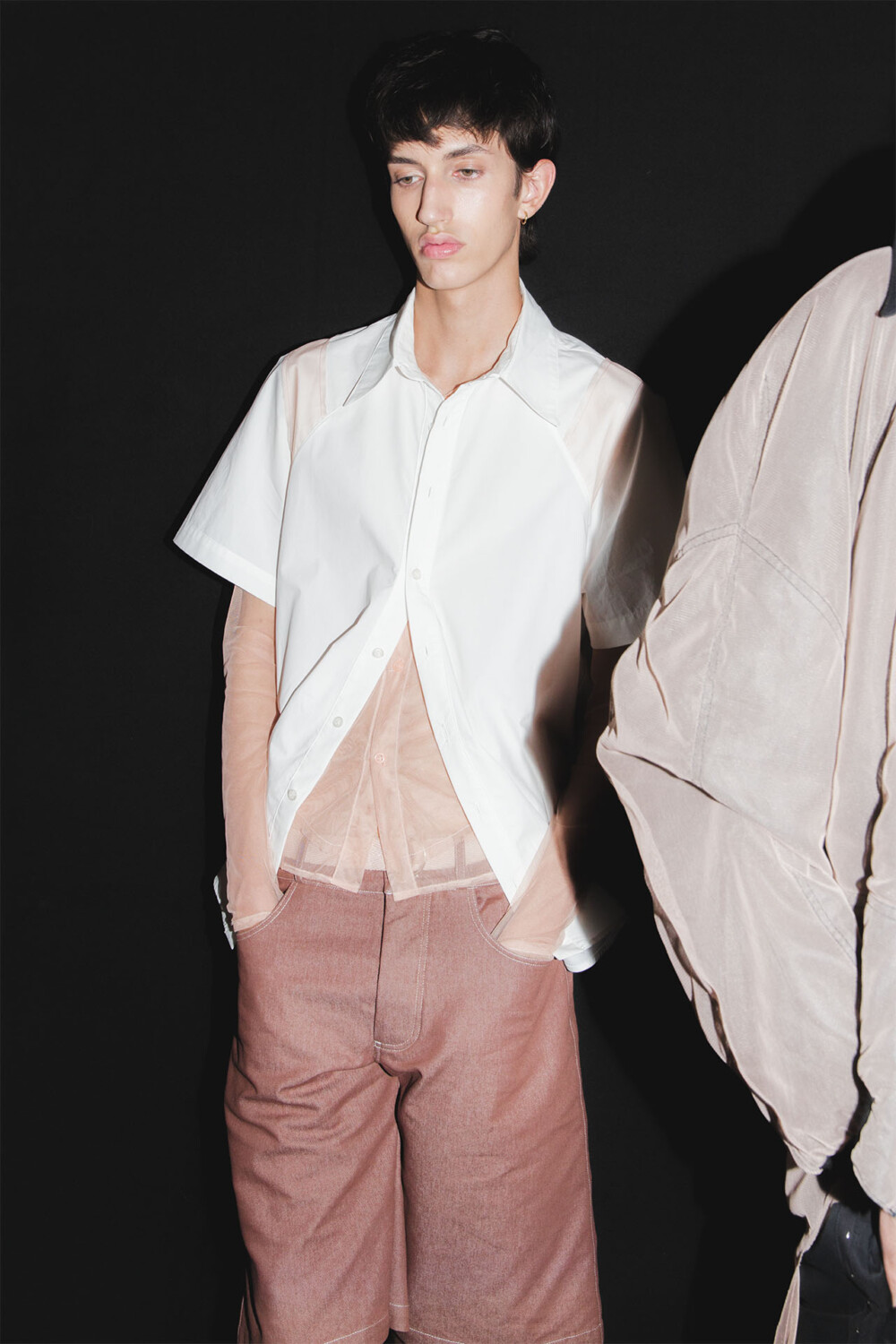
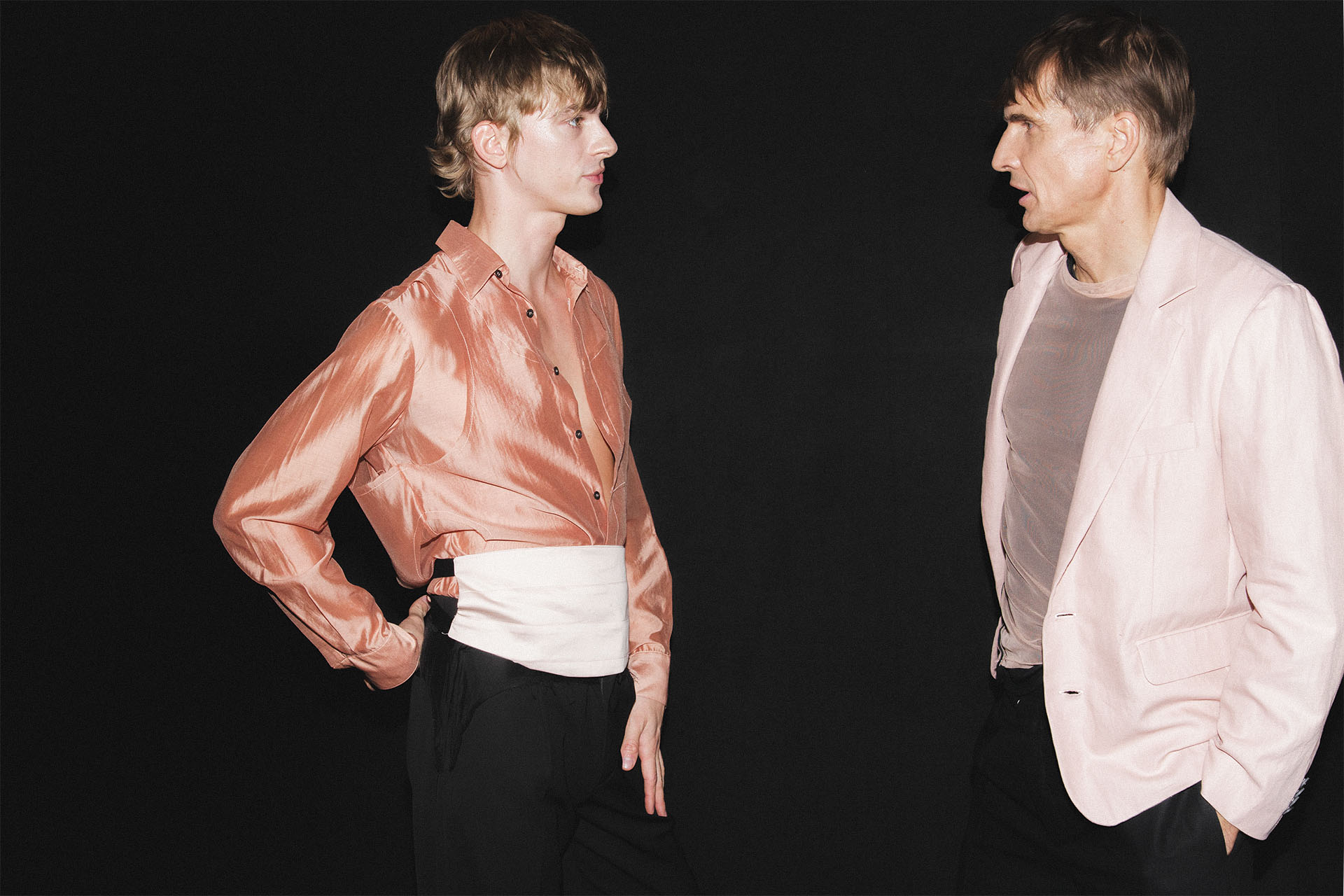
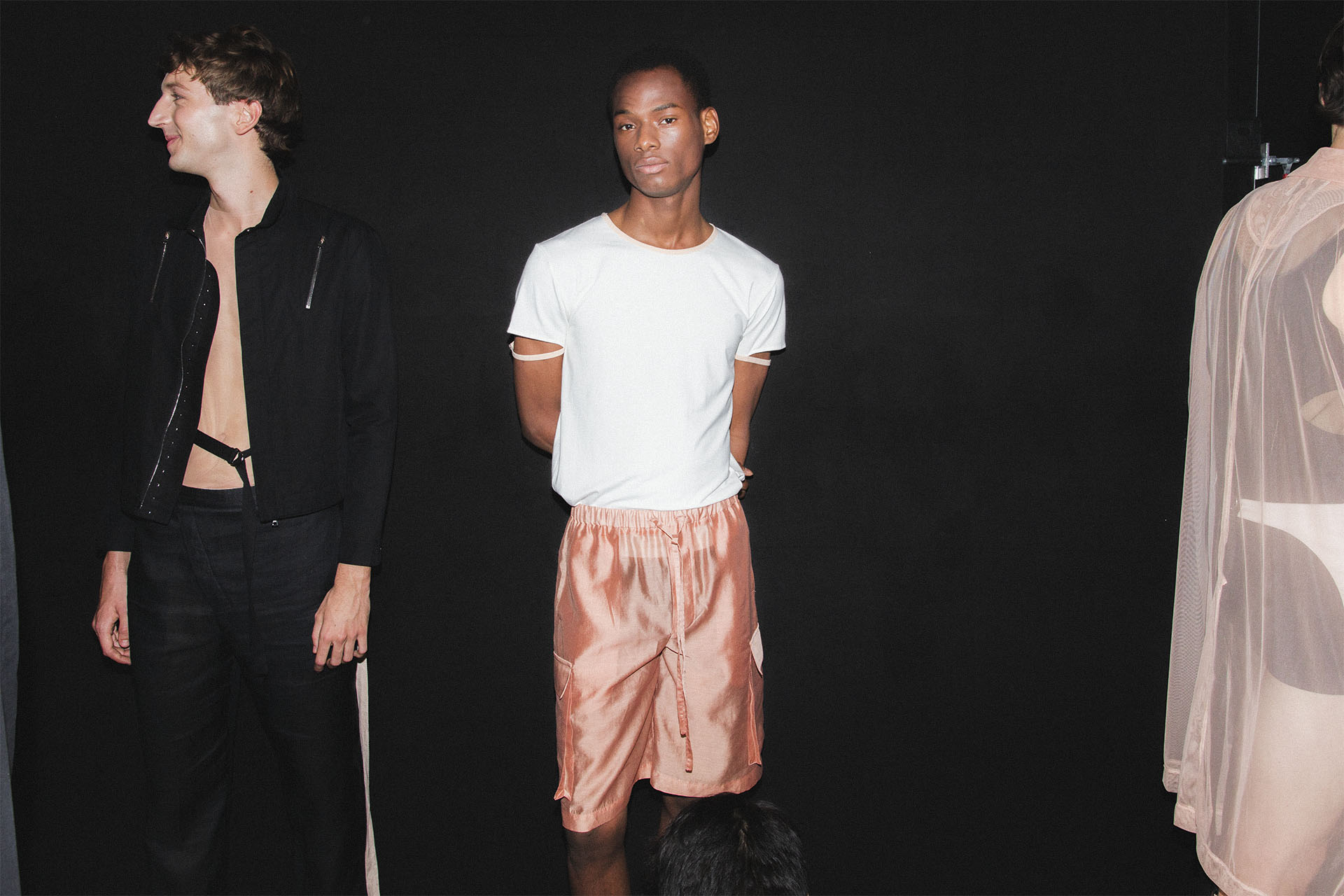
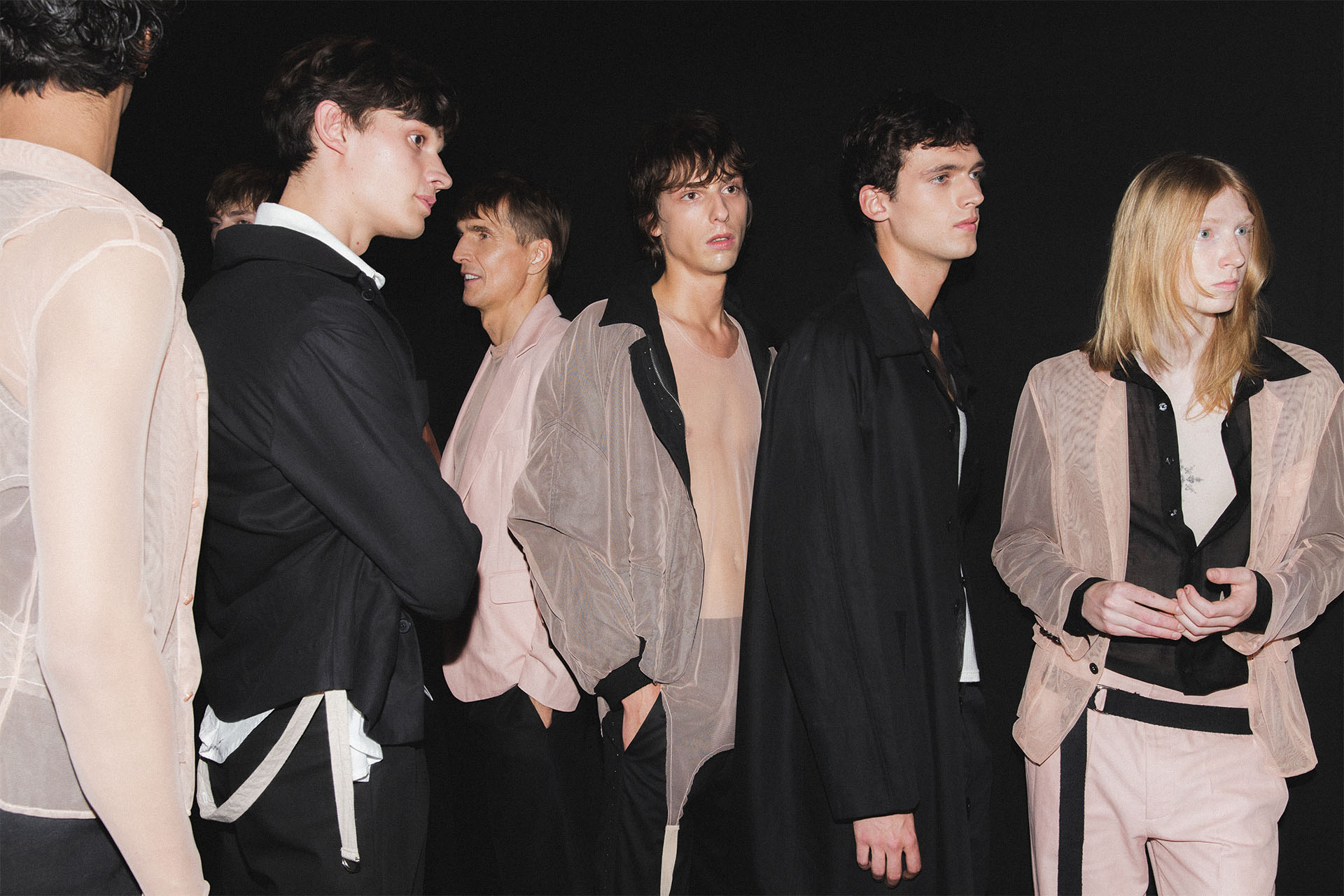
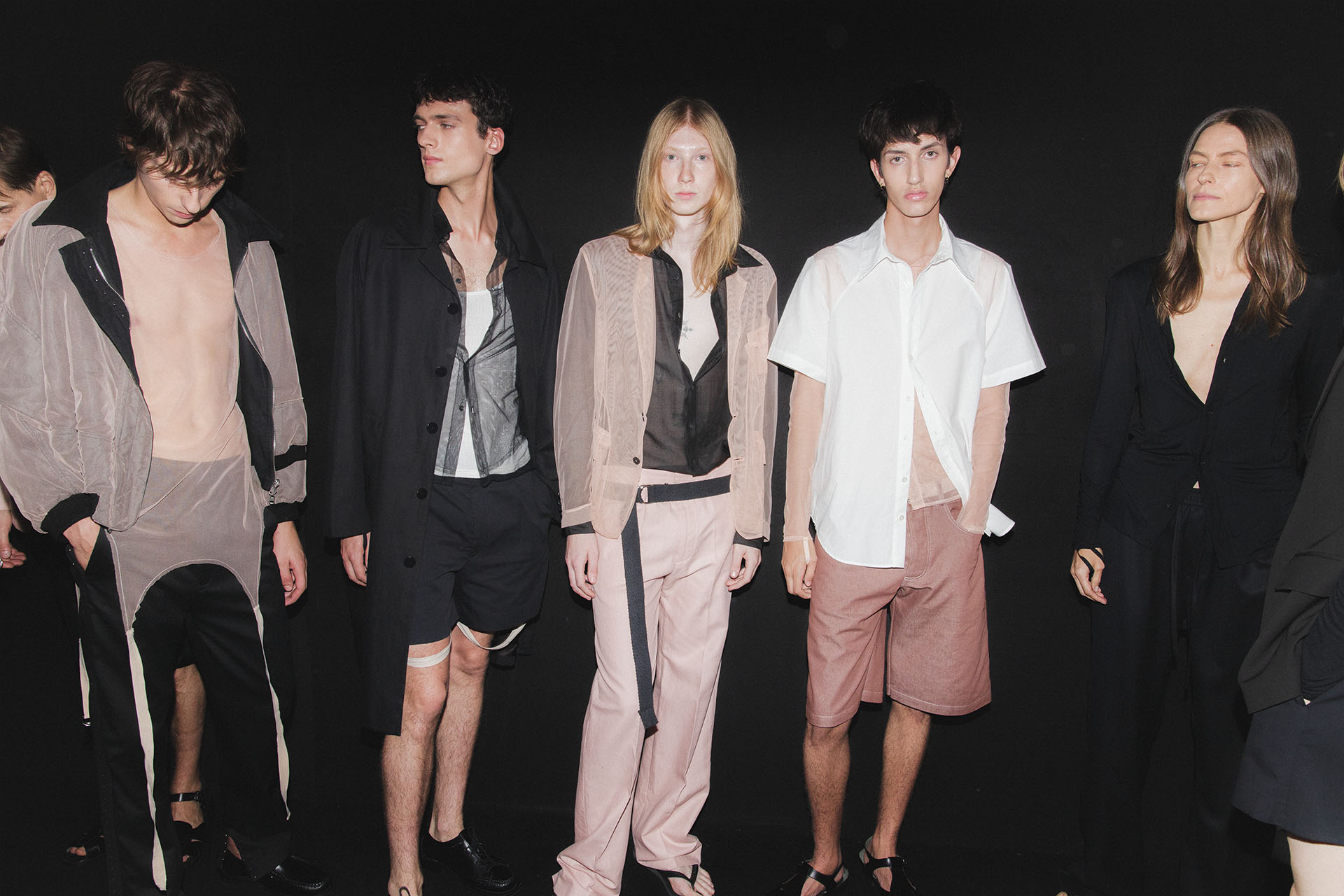

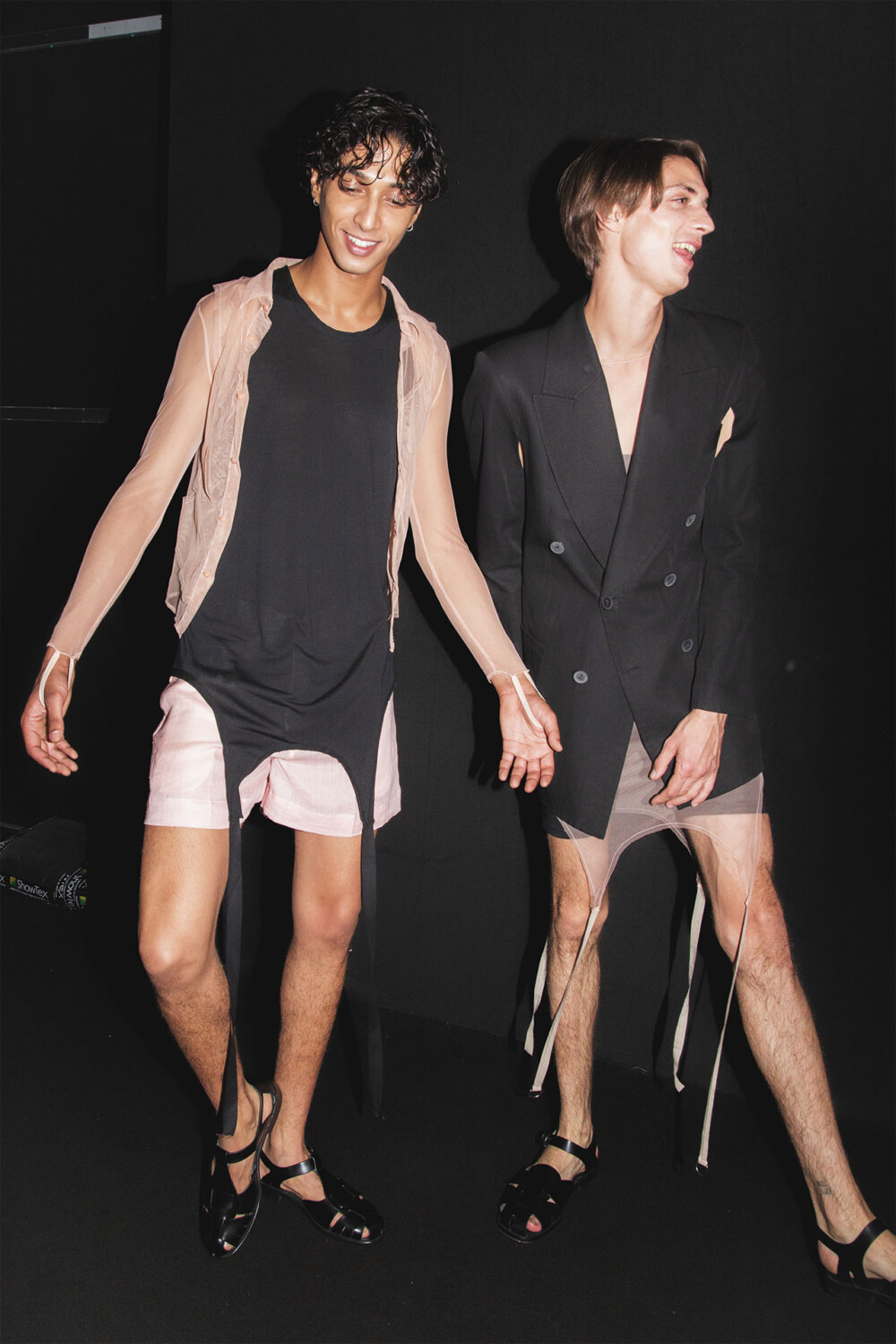
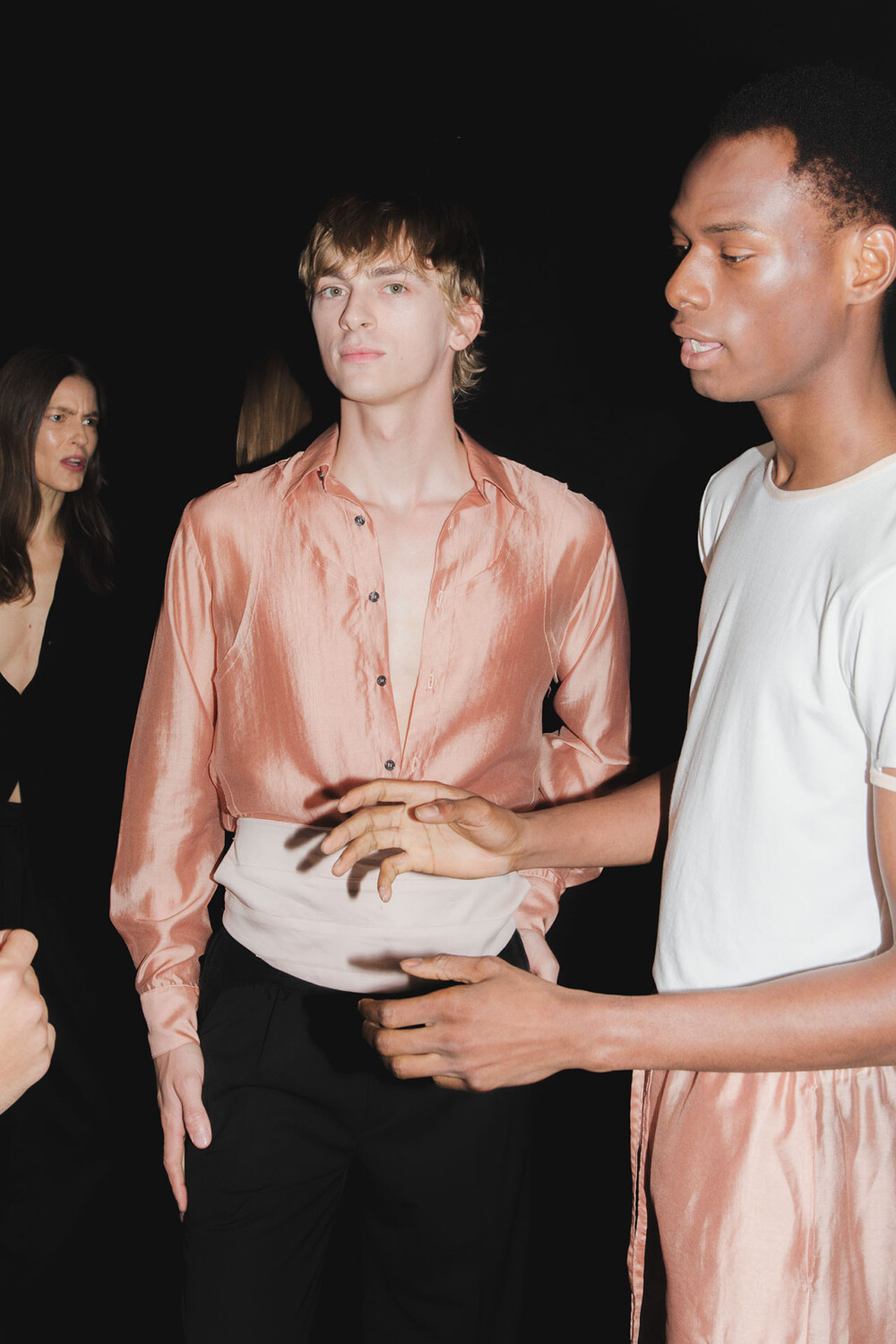
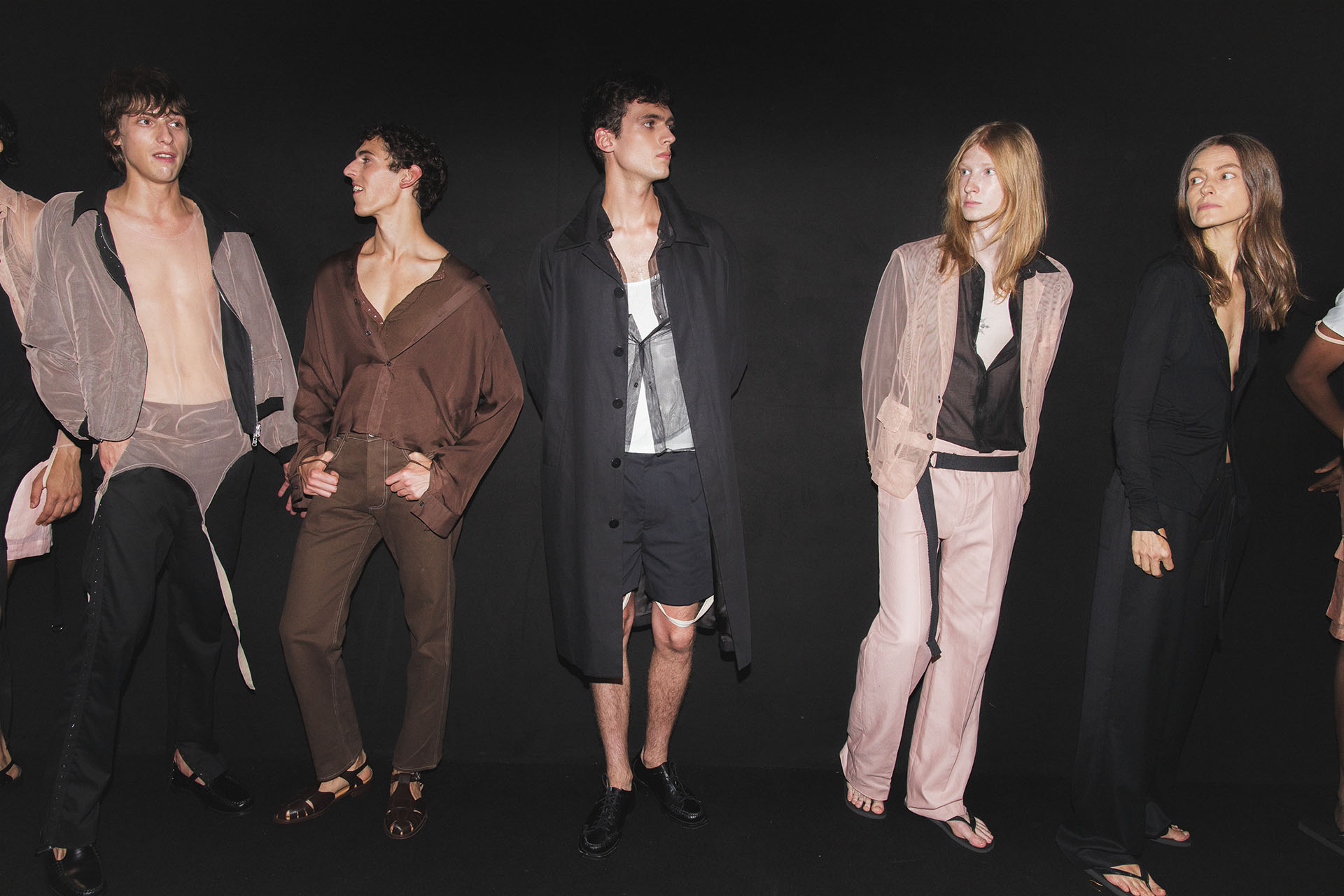
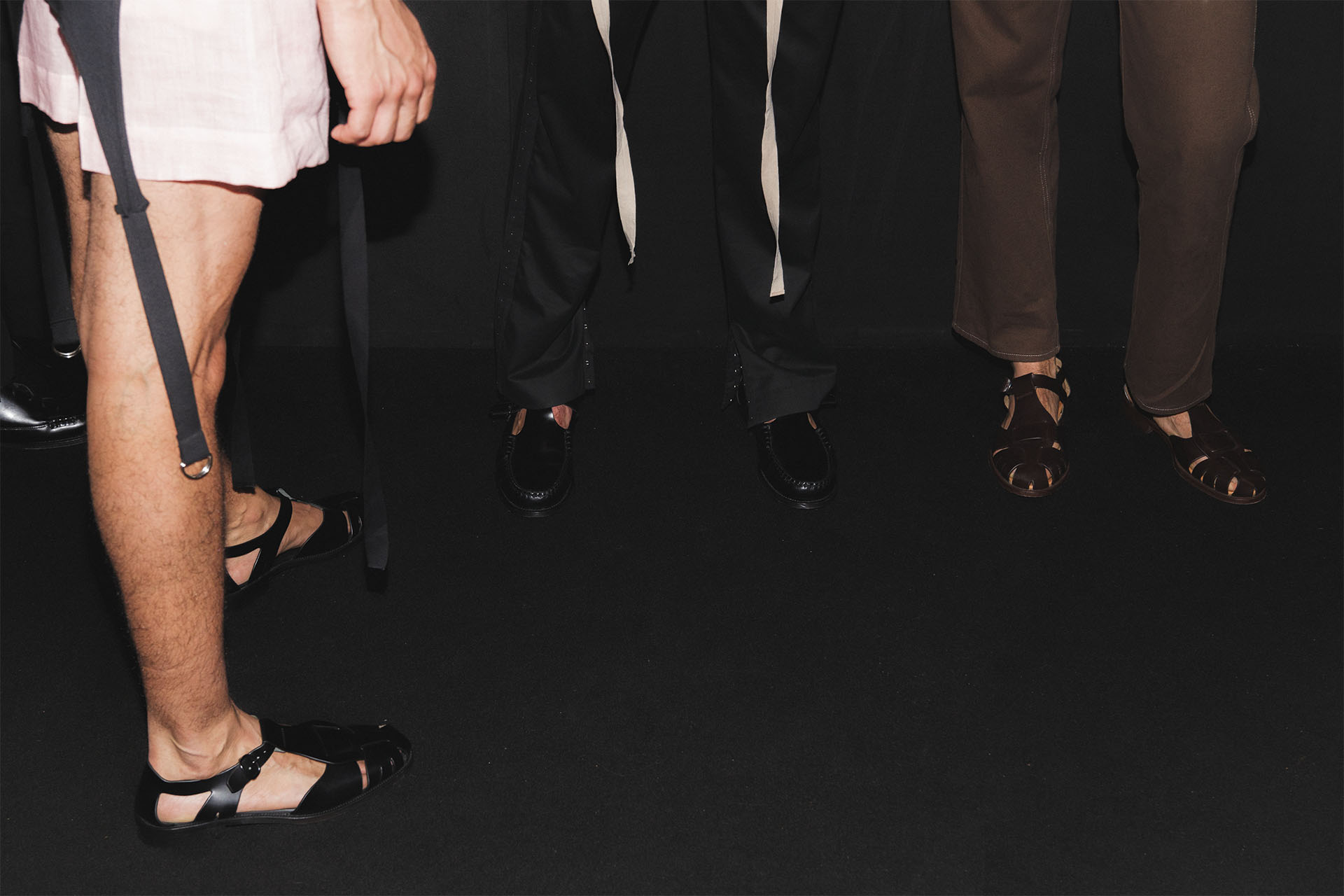
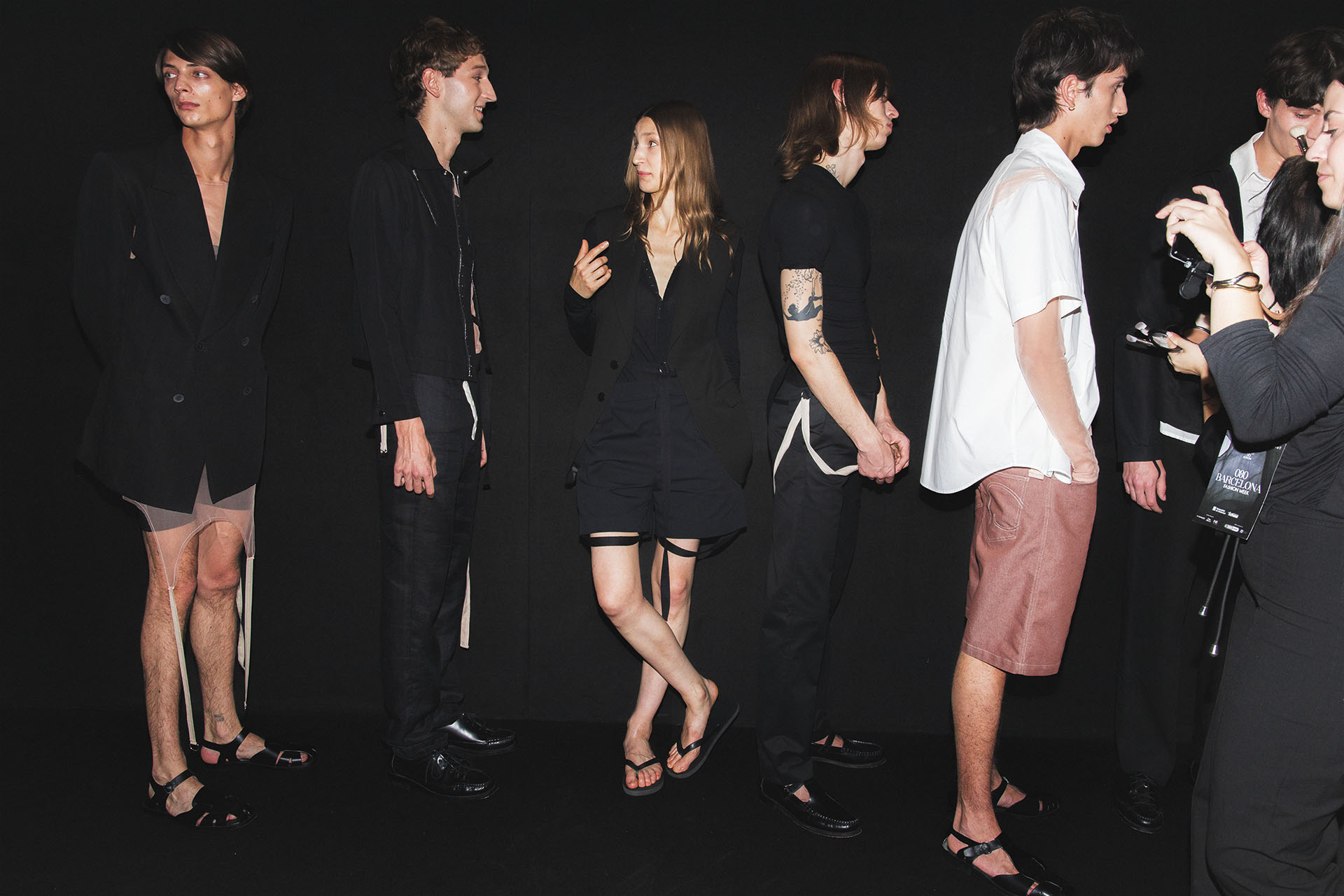
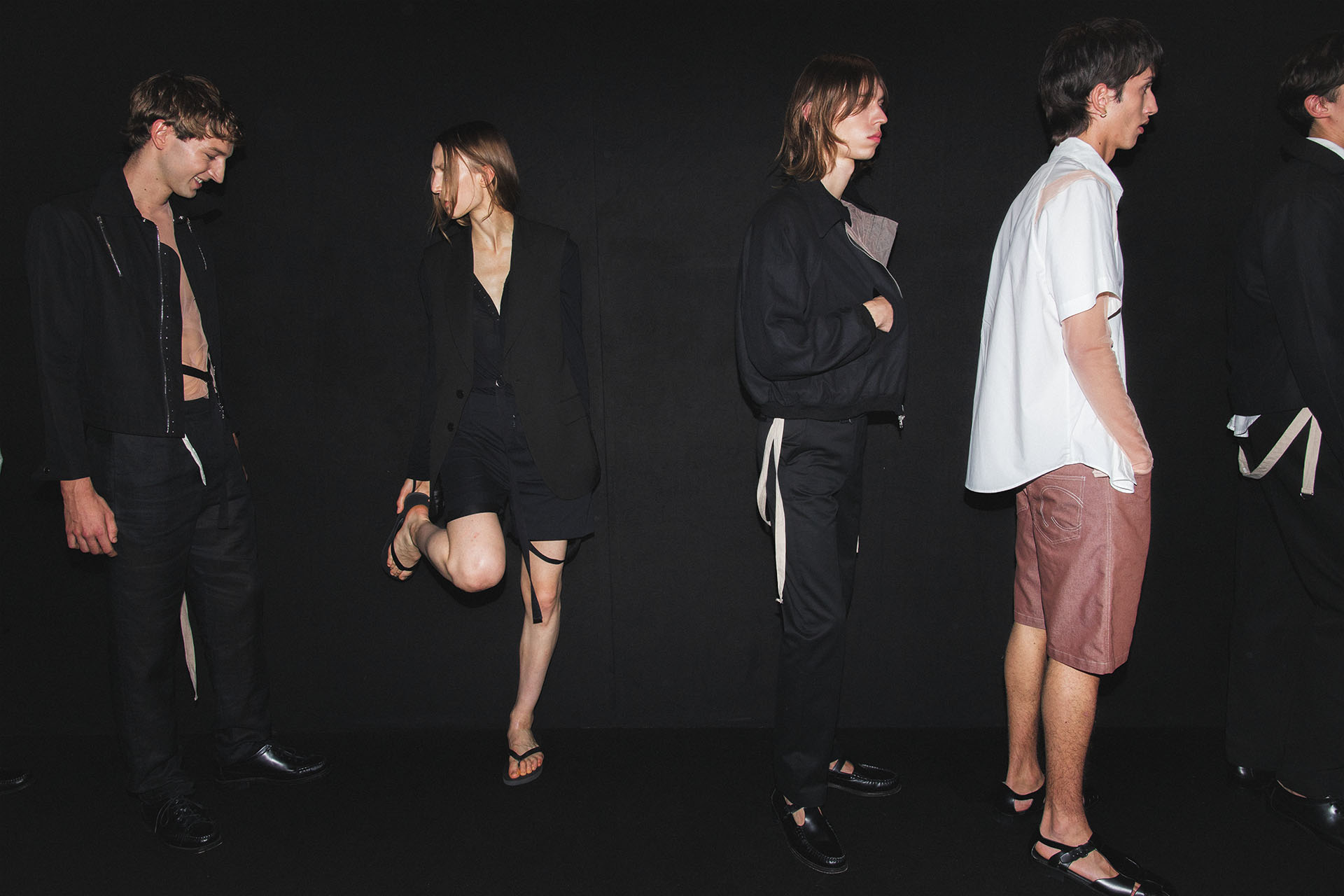
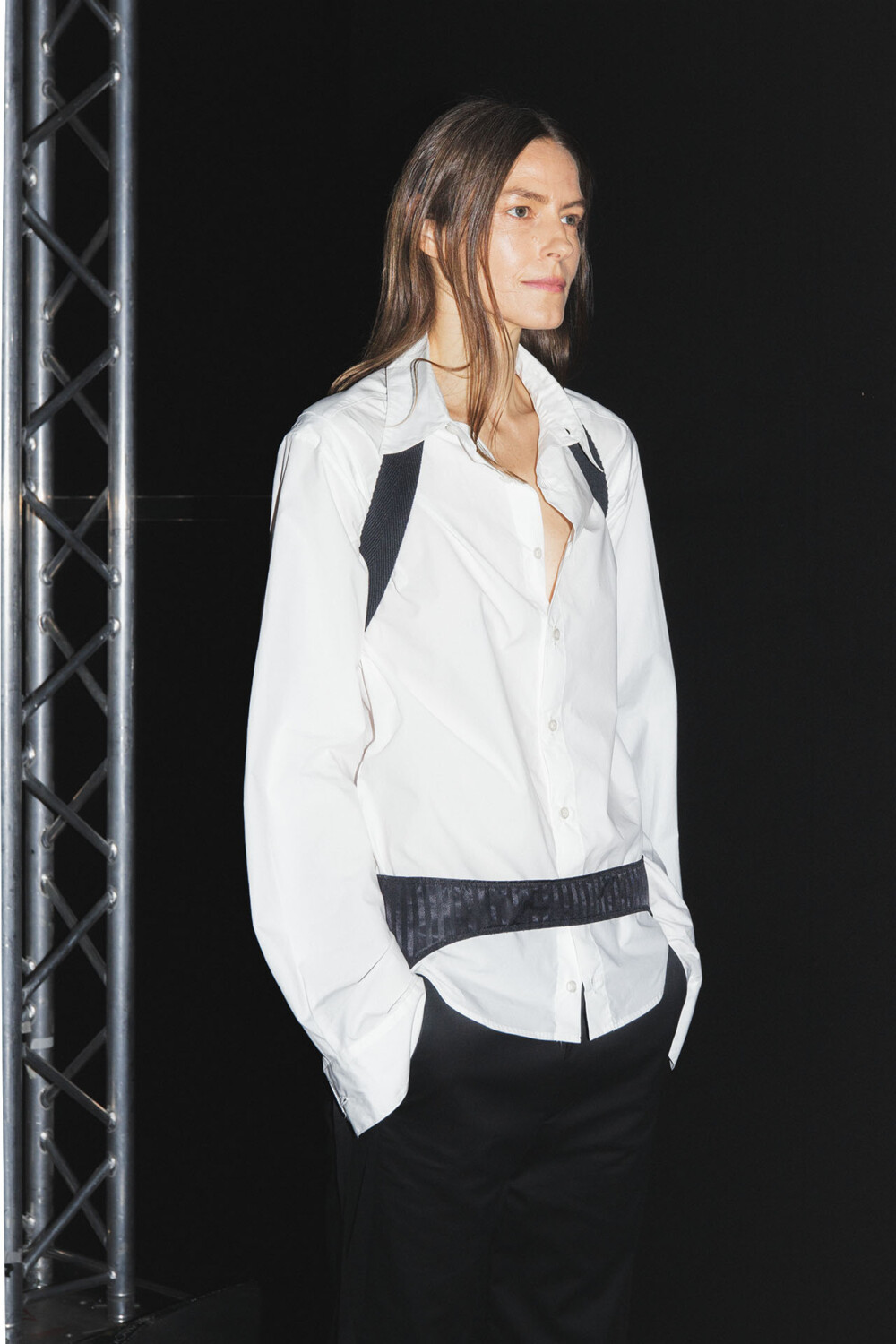
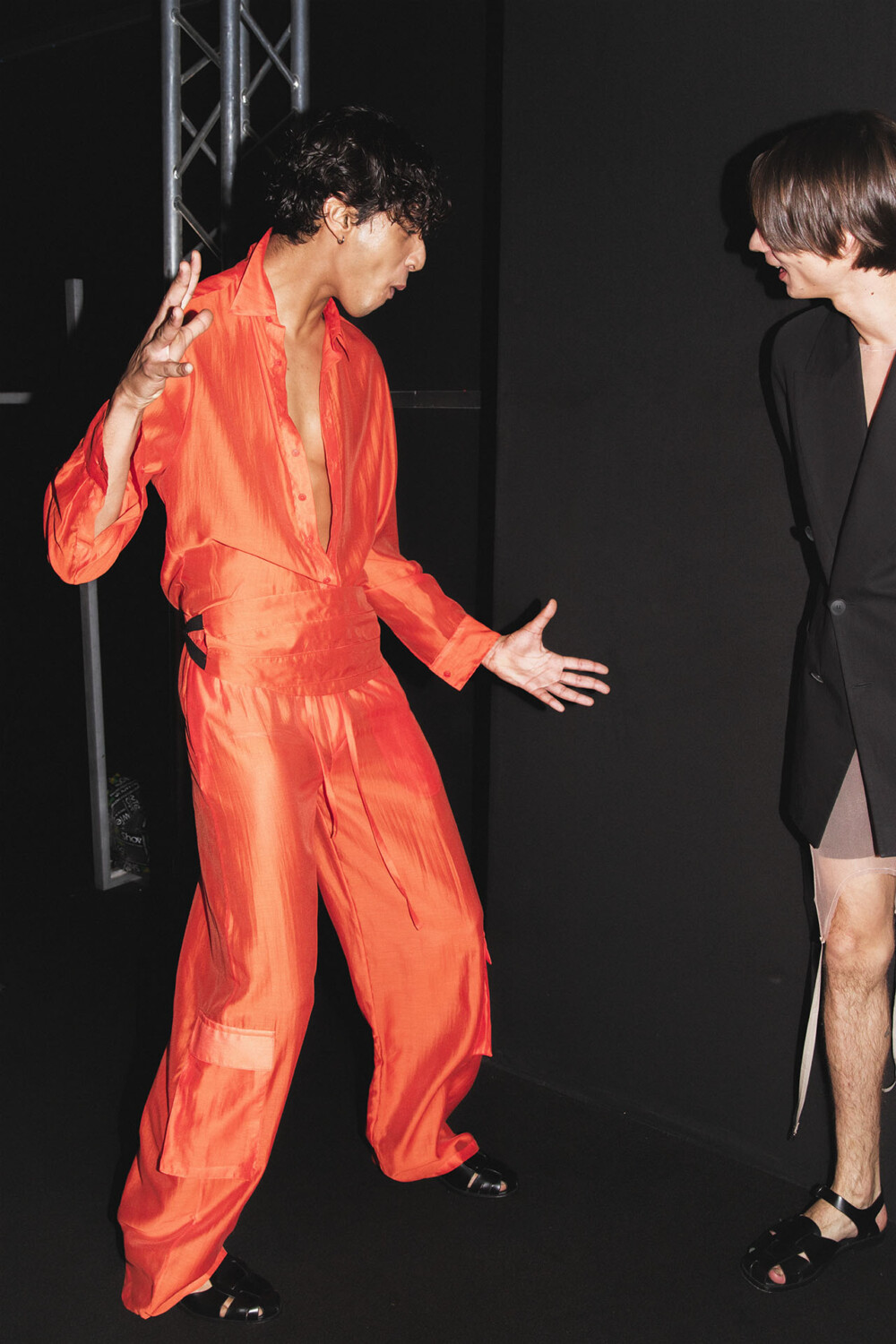
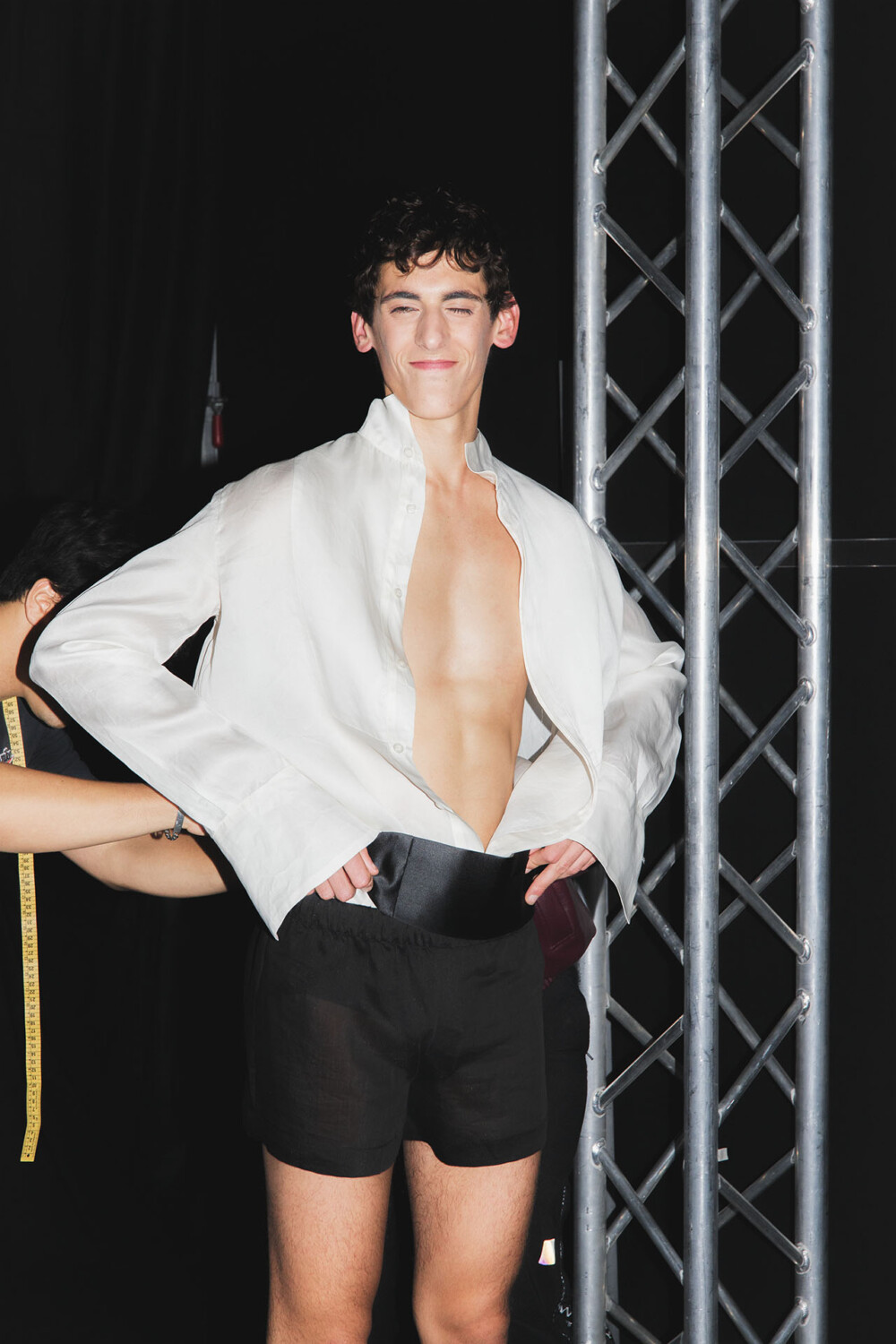
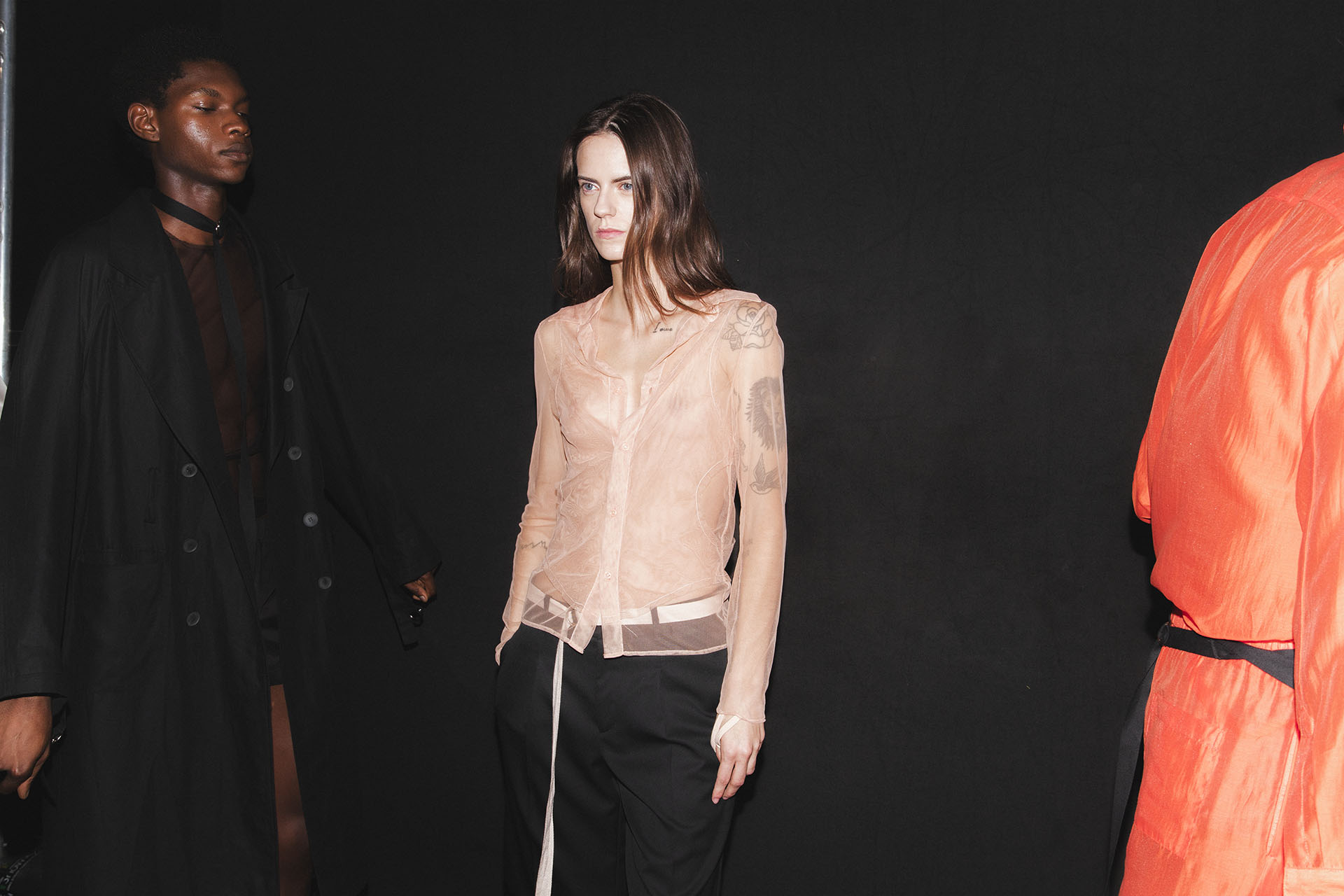
Photography by Ángela Ibañez
–
Follow us on TikTok @veinmagazine


